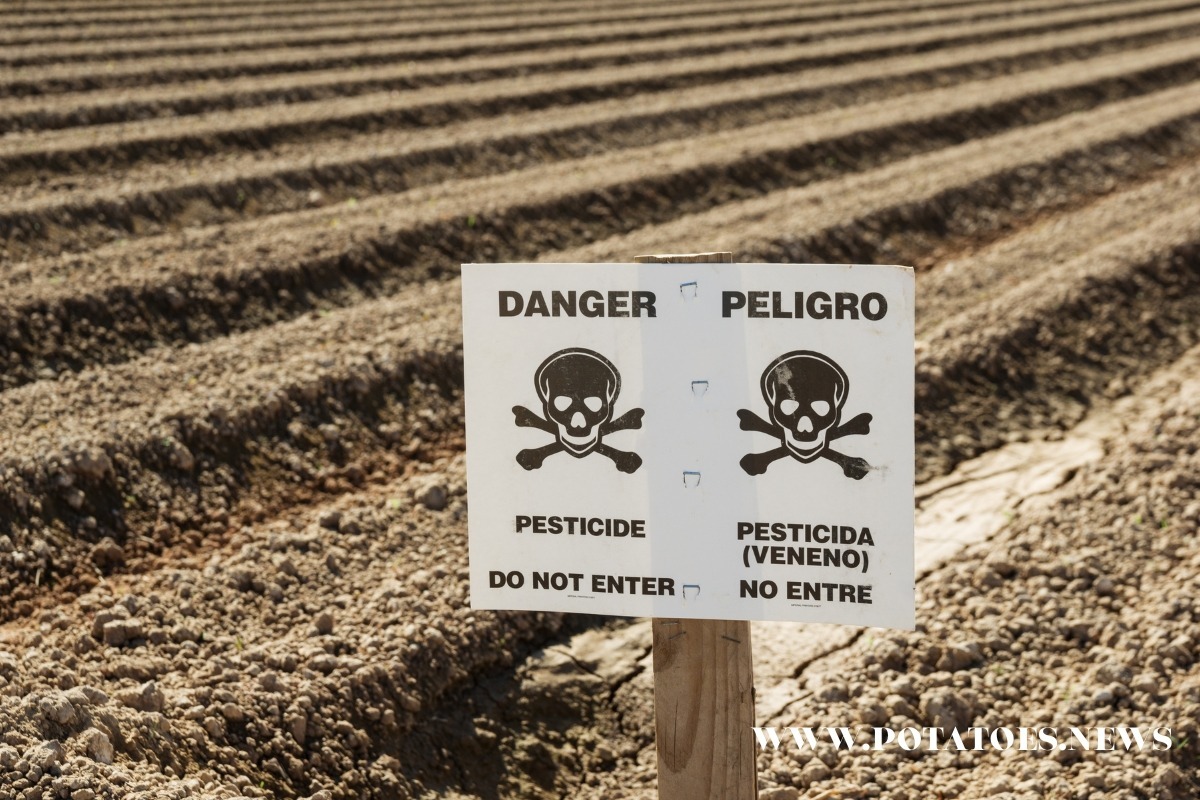The European Court of Justice (EU CJ) has issued a groundbreaking ruling that is set to reshape the landscape of pesticide regulation within the European Union (EU). Dated April 25th, 2024, this ruling carries significant implications for farmers, agronomists, agricultural engineers, farm owners, and scientists working in agriculture.
For years, the evaluation of pesticides within member states has been marred by a reliance on outdated industry data, often at the expense of human health, animal welfare, and environmental protection. However, the EU CJ’s recent decision mandates a paradigm shift towards prioritizing current scientific evidence in pesticide assessments.
Key to this ruling is the emphasis on conducting comprehensive evaluations of pesticide formulations, taking into account their combined effects rather than solely focusing on individual active ingredients. This holistic approach aims to better safeguard public health and environmental integrity.
The case leading to this pivotal ruling originated in 2019 when the Pesticide Action Network Europe (PAN EU), a coalition of European non-governmental organizations (NGOs) advocating for sustainable alternatives to pesticides, lodged complaints against the Dutch pesticide authorization agency. Central to these grievances was the agency’s failure to consider contemporary scientific insights, particularly concerning endocrine disruption and bee toxicity in pesticide assessments.
The EU CJ’s decision not only strengthens national sovereignty in regulatory decision-making but also underscores the importance of conducting independent evaluations based on the latest scientific and technical standards within each member state. Reliance on assessments from other member states is now deemed inadequate.
Moreover, the ruling prioritizes human, animal, and environmental health over agricultural productivity, aligning with previous EU CJ judgments that emphasize public well-being in pesticide regulation. By reaffirming the precautionary principle, which advocates for caution in pesticide approvals to prevent potential harm to human health, the EU CJ underscores its commitment to safeguarding the environment.
In conclusion, the EU Court of Justice’s recent ruling heralds a new era characterized by stricter regulations, increased accountability, and transparency in pesticide control within the EU. Stakeholders across the agricultural and chemical sectors must adapt to this evolving regulatory landscape, prioritizing the well-being of both people and the planet.


